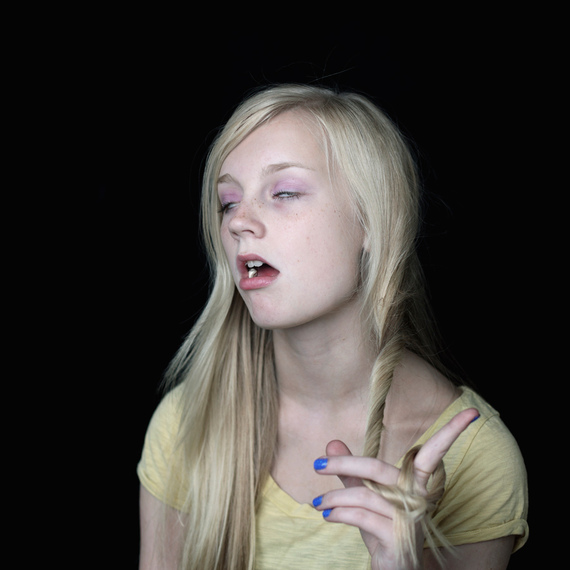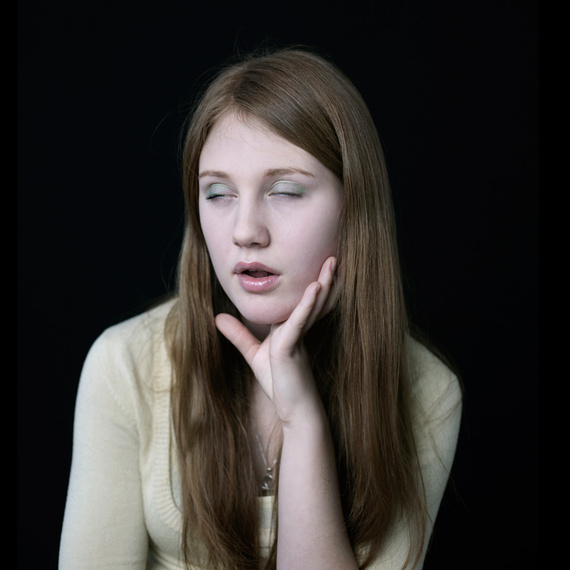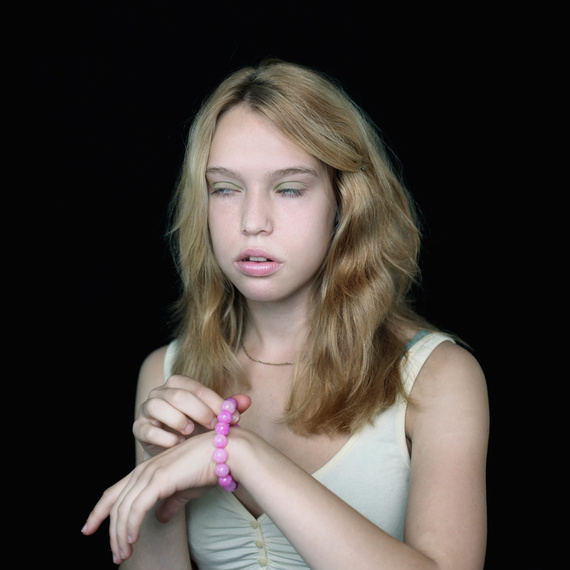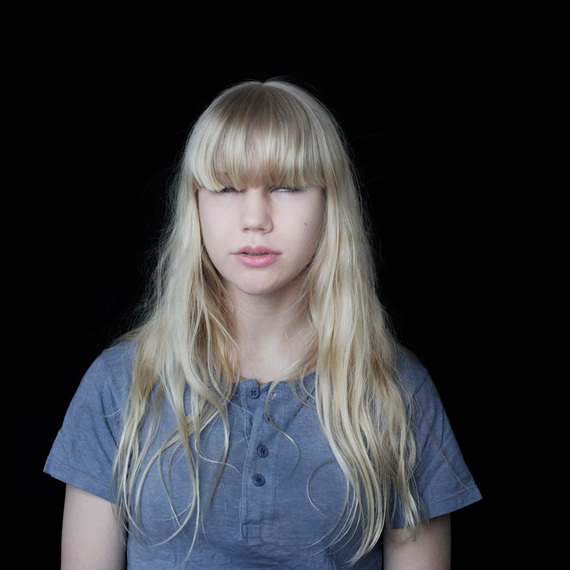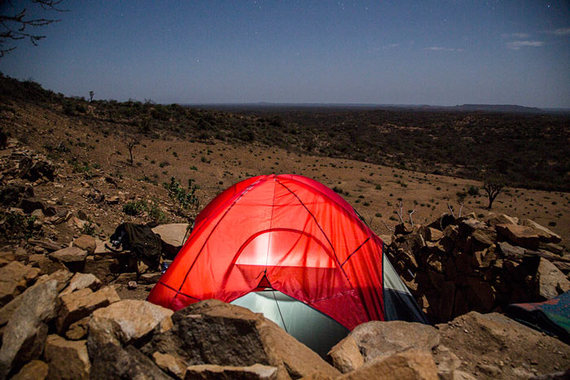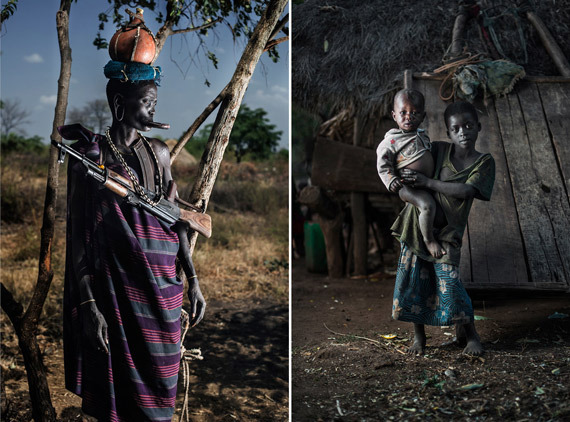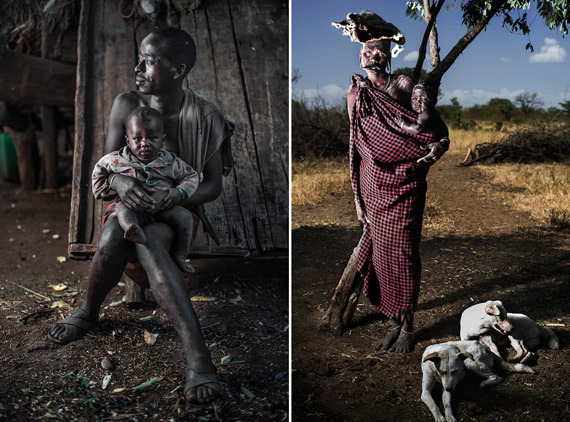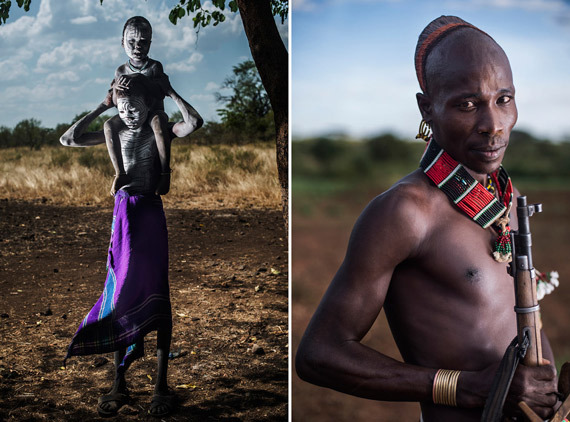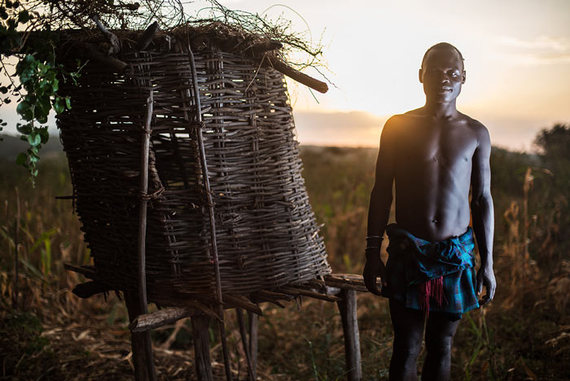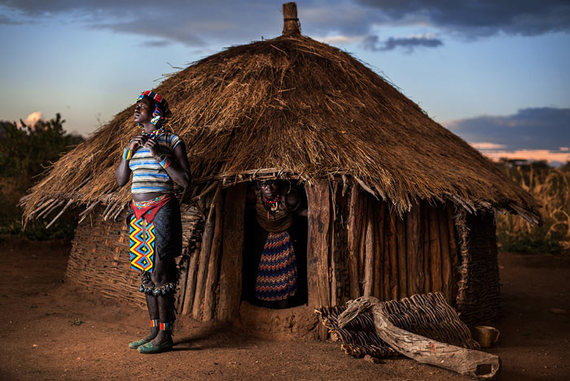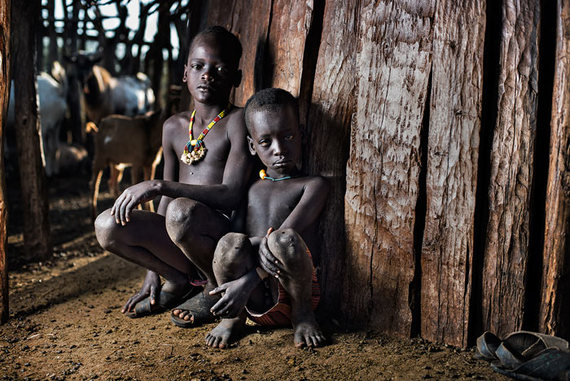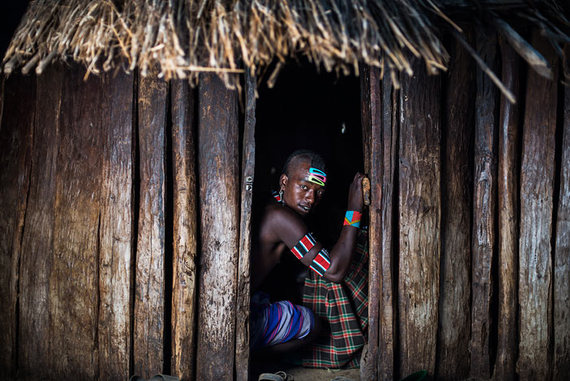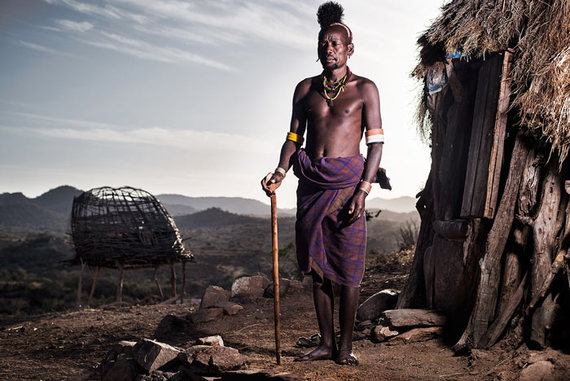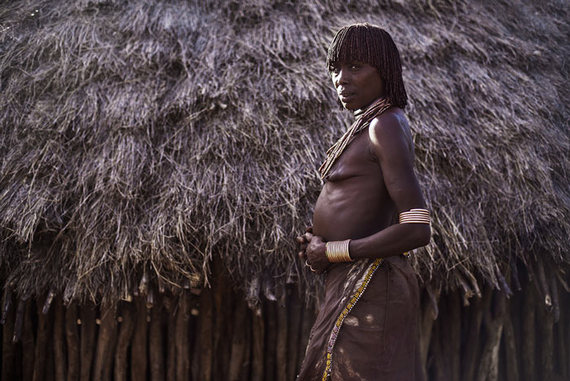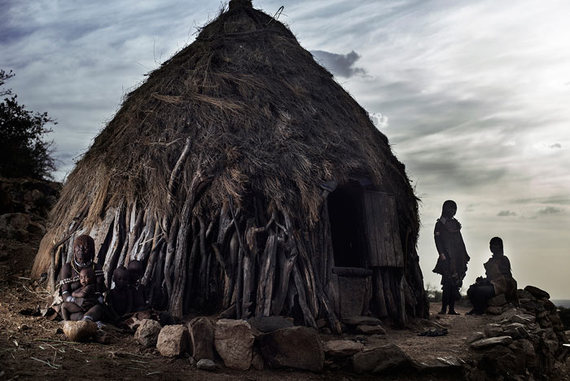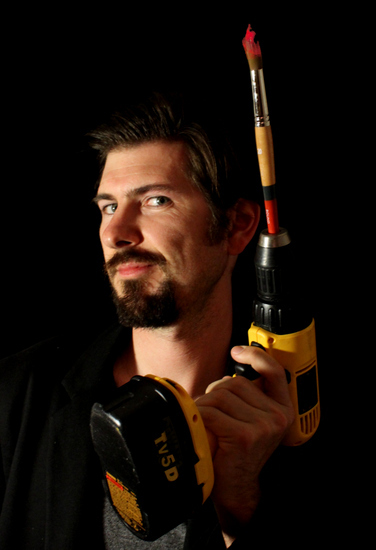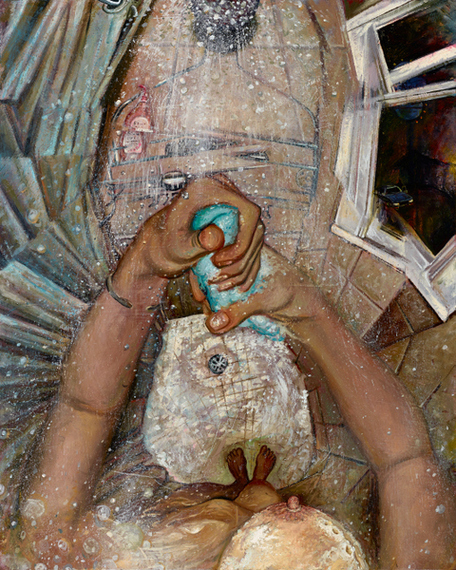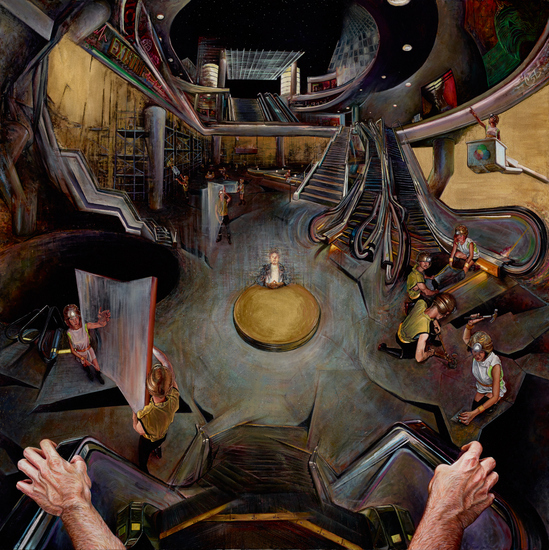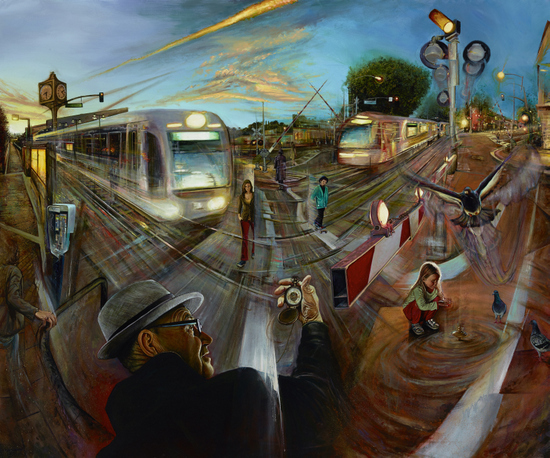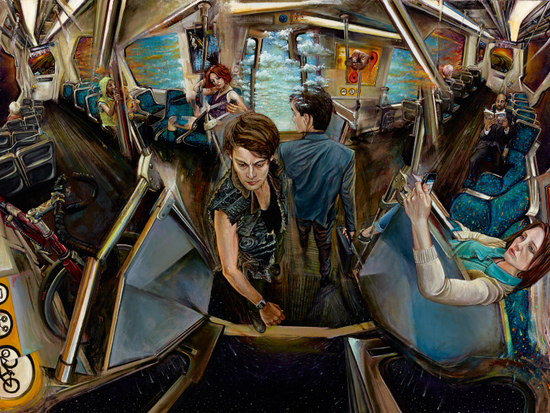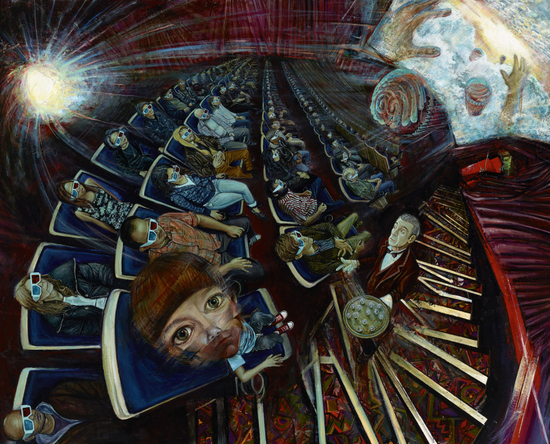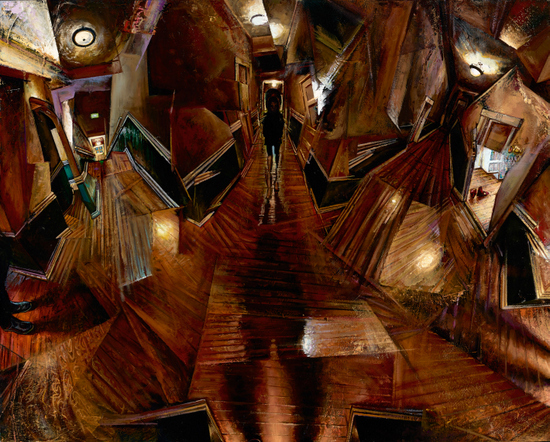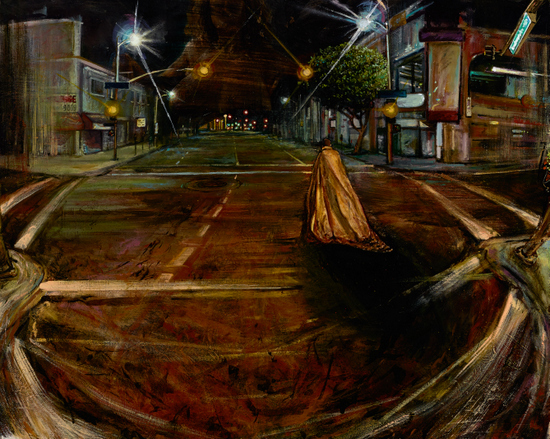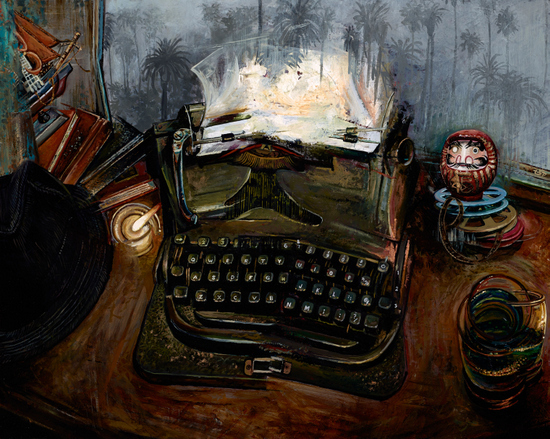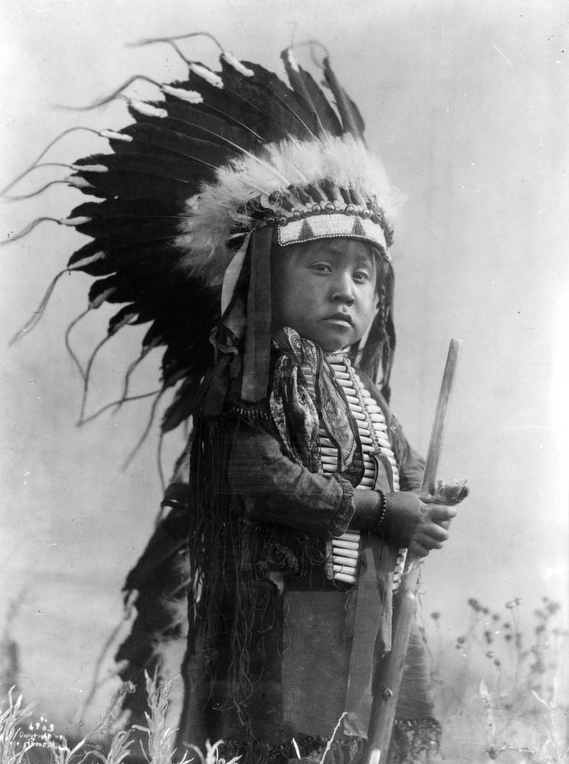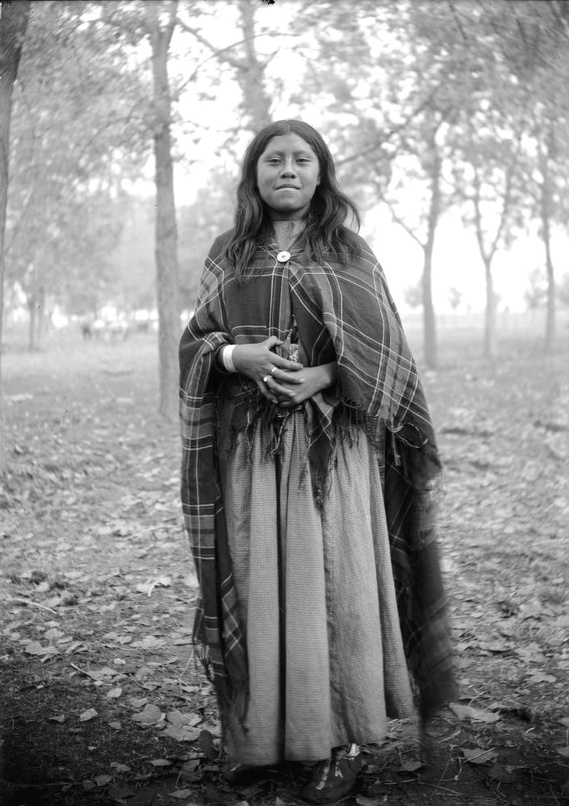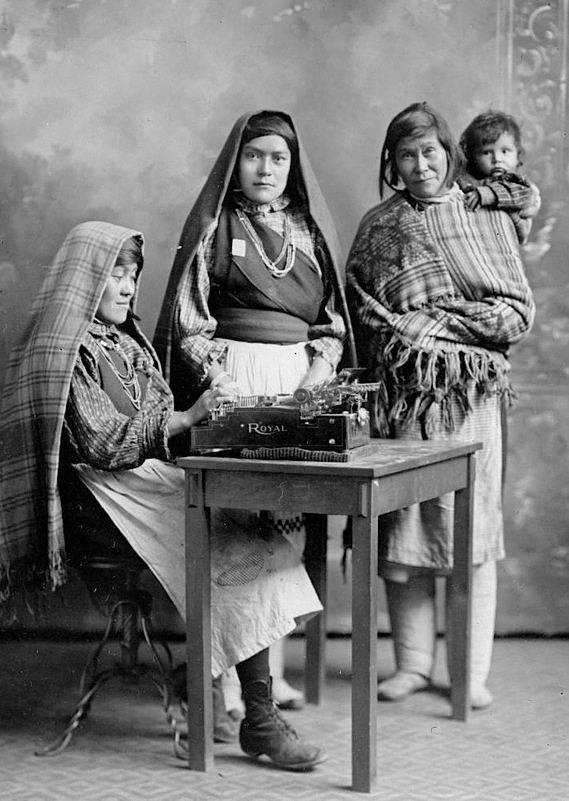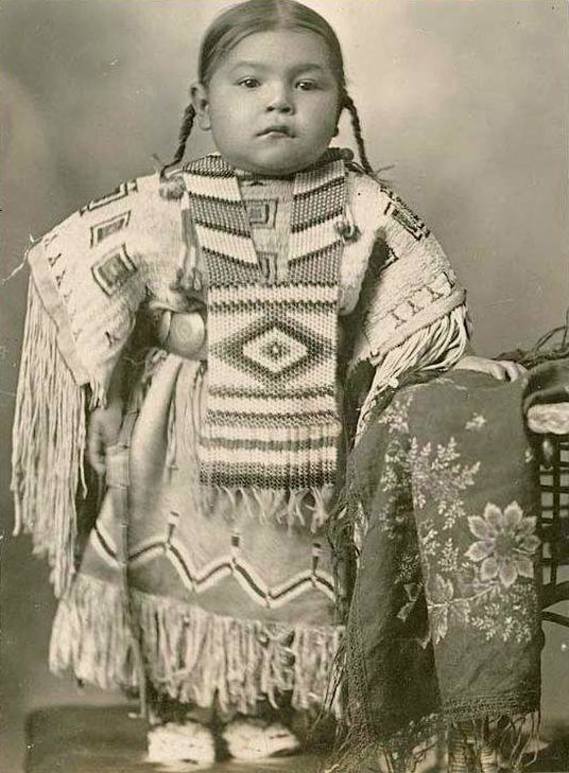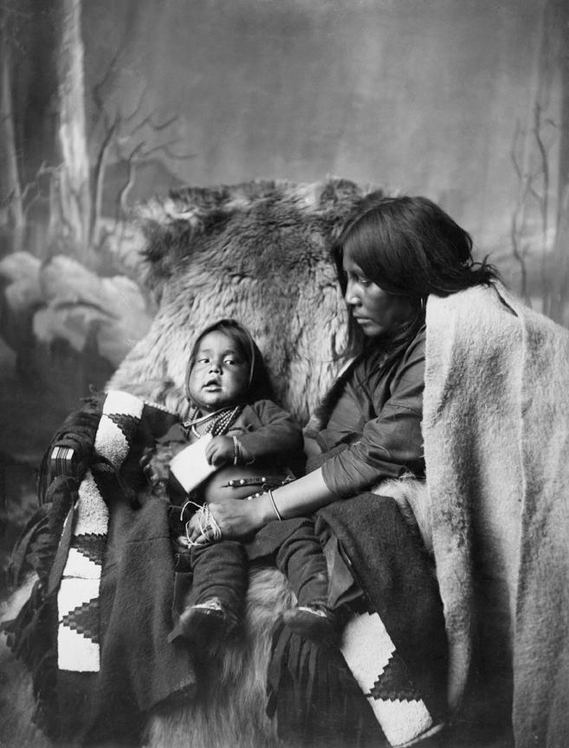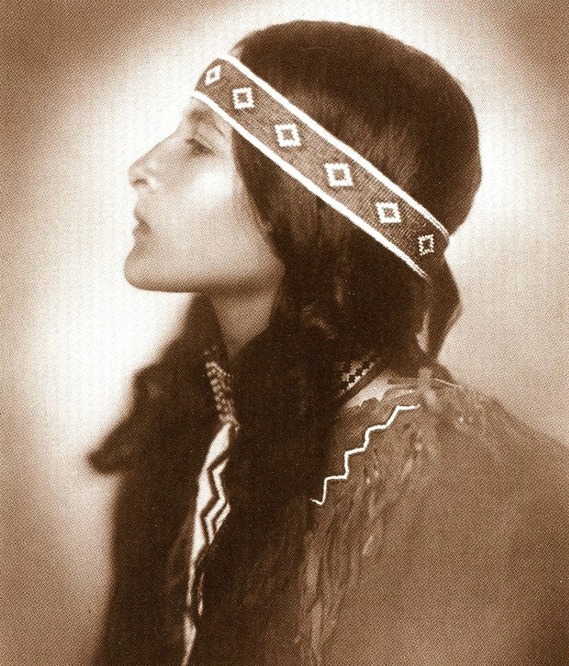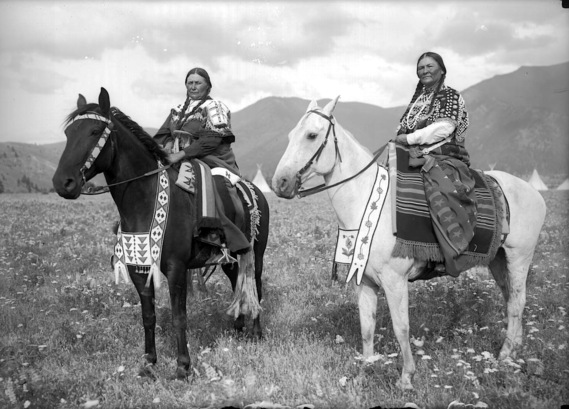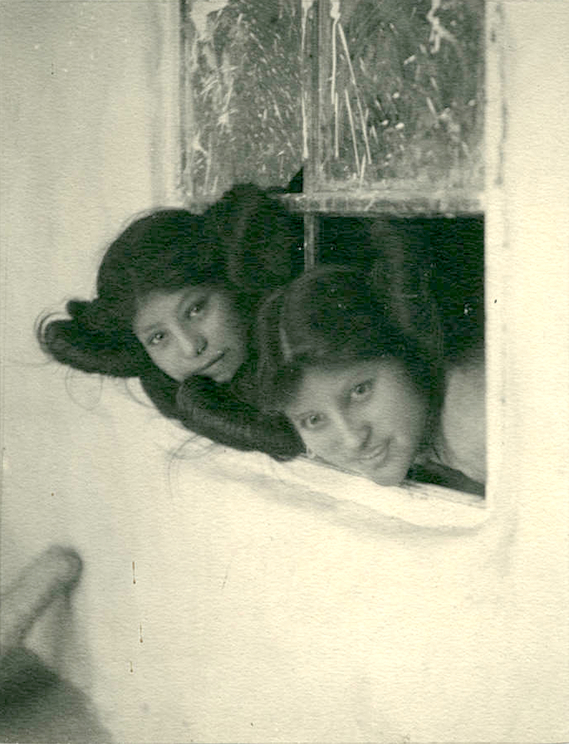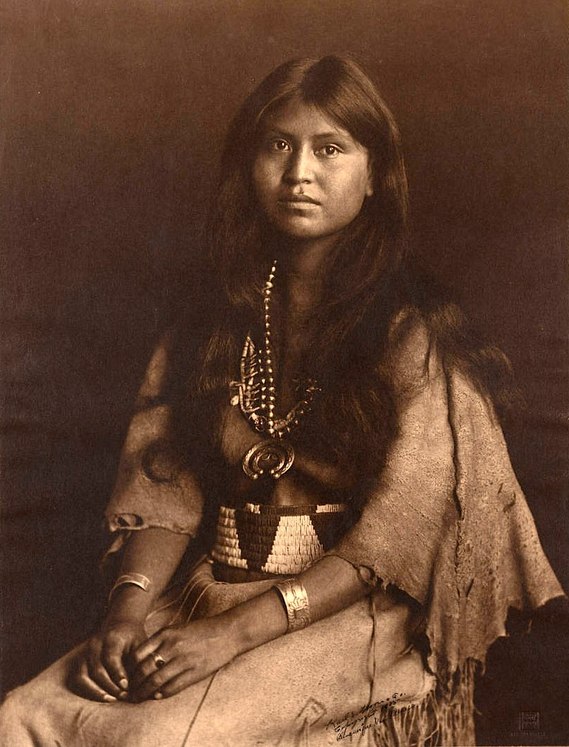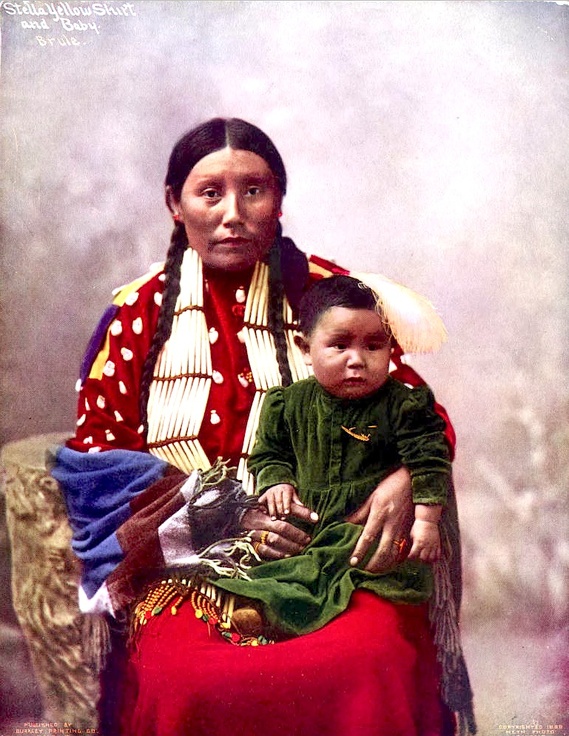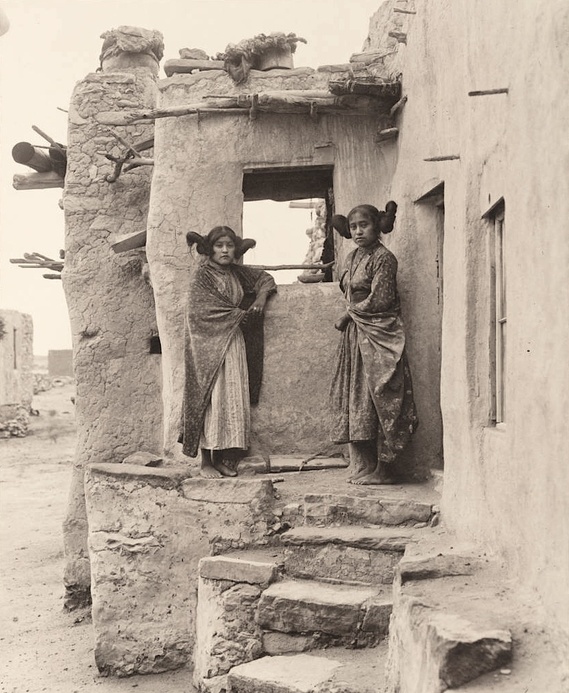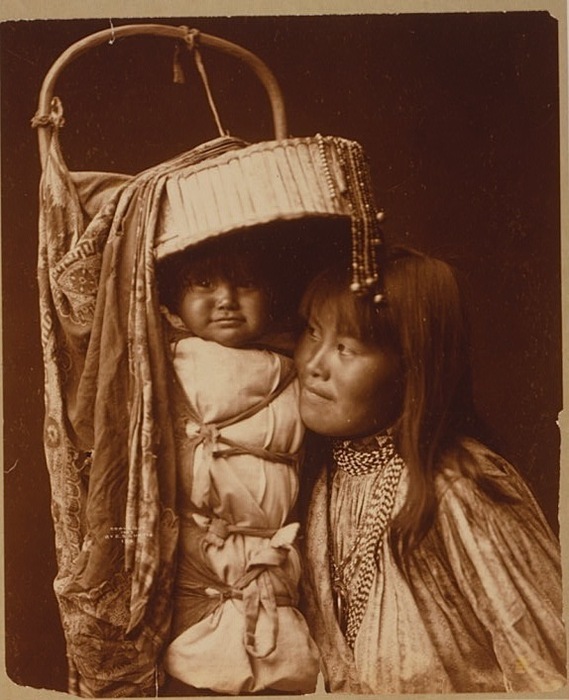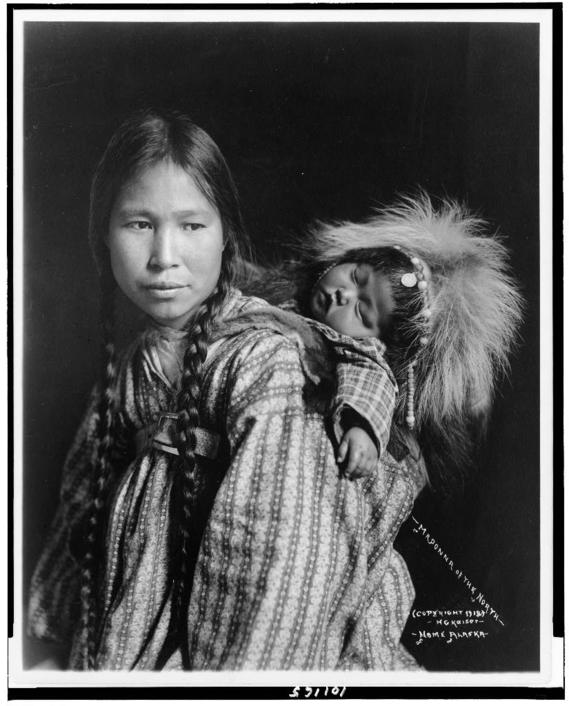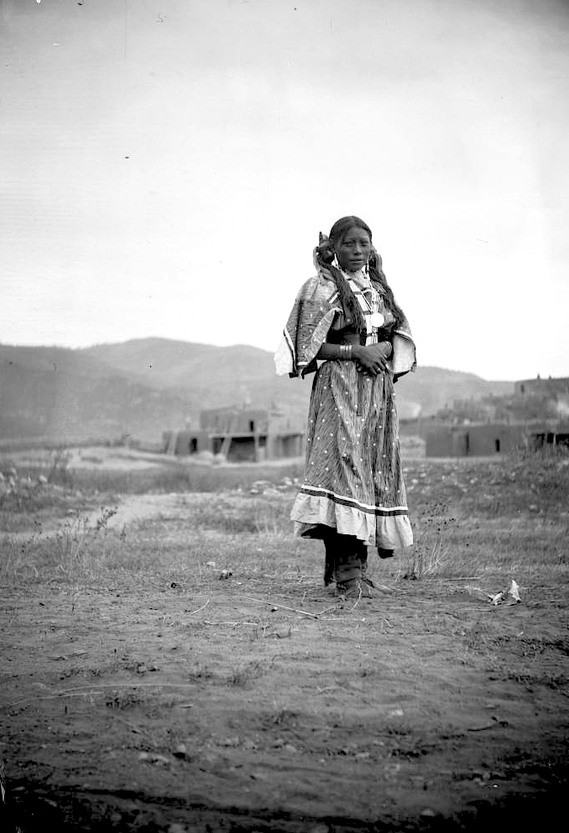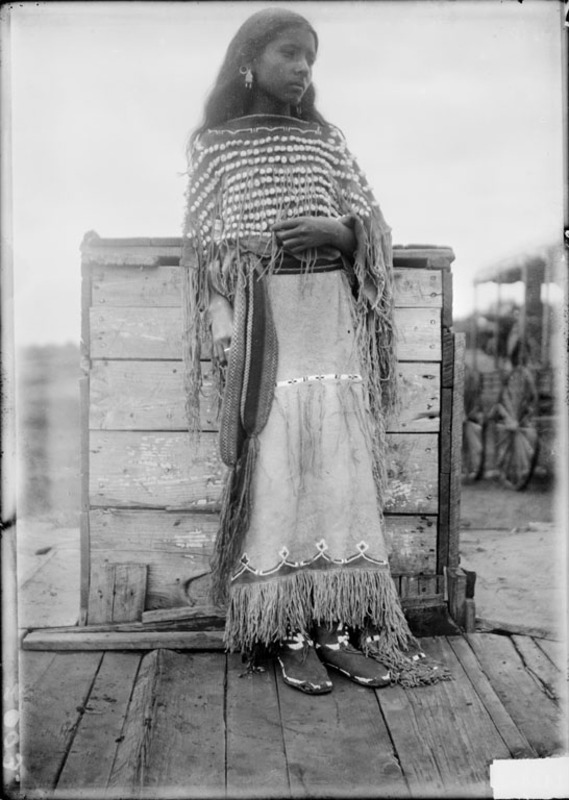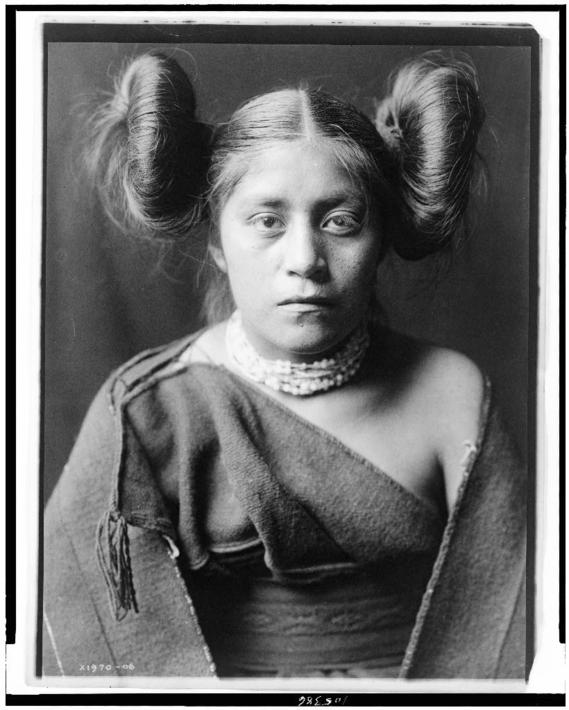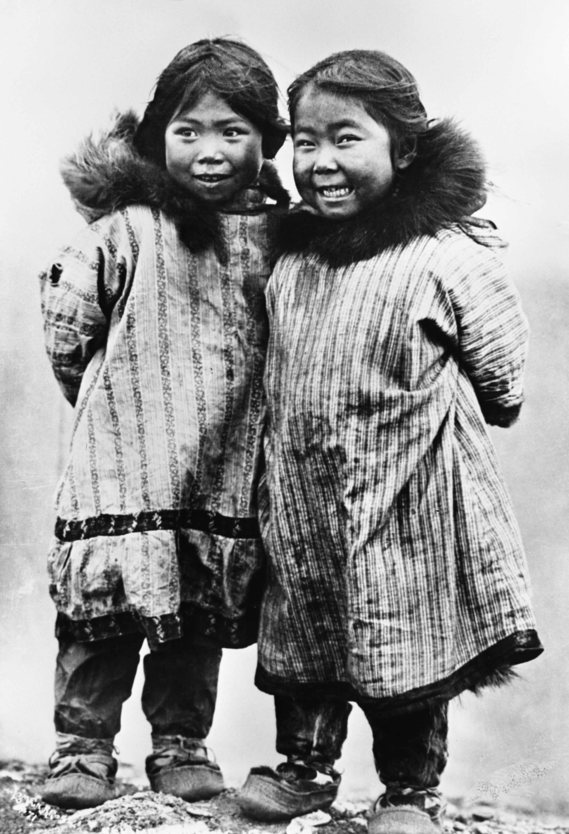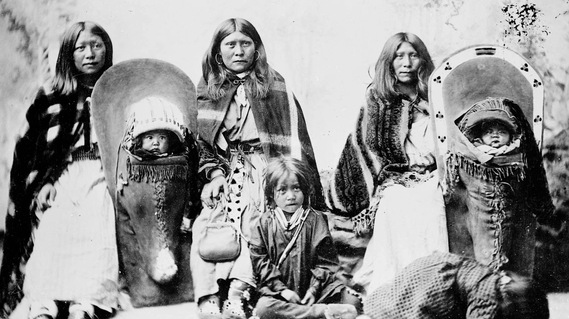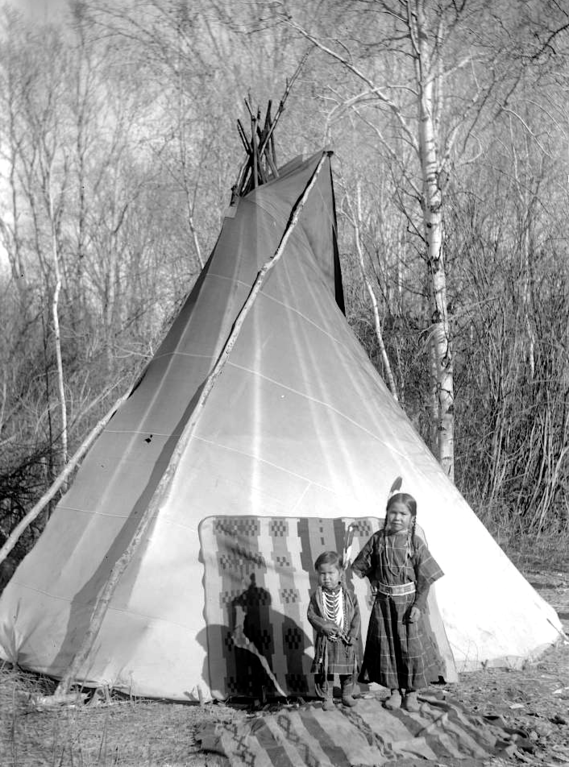JARMAN promo scene featuring PUSSY NOIR from Ben Carver on Vimeo.
April 17th -27th, Interdisciplinary Washington, D.C.theater company force/collision will present a new performance project,
Jarman (all this maddening beauty). Inspired by the queer avant-garde artist, activist and filmmaker,
Jarman (all this maddening beauty) enters the mind and artistic aesthetic of Derek Jarman (The Last of England, Sebastiane, The Tempest) to "create a poetic and visually dynamic mash-up of video and live performance". The production coincides with the 20th anniversary of Jarman's death and explores
Jarman's theatrical life.
Written by OBIE Lifetime Achievement Award-winning playwright
Caridad Svich and developed by force/collision.
Jarman (all this maddening beauty) , will be directed and performed by force/collision Founding Director
John Moletress. Performances will begin in Washington, D.C. at Atlas Performing Arts Center and will be
broadcast live on HowlRound TV on April 20th at 4:00pm. The production will then tour both nationally and internationally in Summer/Fall 2014 to such cities as Liverpool, London, San Francisco and Chapel Hill.
Describe your connection to Derek Jarman's work. Which films have had the greatest impact on you as artists and can you talk a bit abotu how they are used in JARMAN?
John Moletress: I believe my first Jarman was Aria, of all things! Certainly not the first that comes to mind. I was working in a West Coast Video during high school and taking in as much film as I could, mostly "popcorn" film as Caridad aptly terms in the text. I recall it vividly for its composition, striking use of light, color and architecture and for its sense of mortality, however humorous. The Tempest was next, in college. We watched it for a comparative studies class on Shakespeare and film. I never imagined Shakespeare could be so raw, simple and honest. Tempest was responsible for my desire to explore site-specific performance. Site and place are a large component in the project. Almost all of what we filmed, or I should say shot by way of digital video, was done outside of the studio in mostly "loaded" places, at least historically speaking. We used the Uline Arena, former Washington Coliseum where The Beatles once played and is now in ruin, as a site for most of the filming. Its current state makes for a natural polyphony of sound and image.
Caridad Svich: There are artists and works that are formative in a writer's life. Often the works of which an artist is fondest have to do with when the encounter with the works first took place. In other words, when you are still trying to find yourself as a young artist, there are certain paths that are either shown to you by mentors and/or peers, or ones that you come across almost by accident, and by so doing, you feel as if you can never look at art and art-making the same way again. Such is the case with my first encounter with Derek Jarman's cinematic sensibility and artistry. I was in graduate school at UC-San Diego, training to be a playwright. I had written only one of two plays and some monologues and short pieces. I very much went to grad school (after undergrad) in a mode of exploration and discovery. I was finding out who I was as a theatre-maker and how I wanted to work with time, space and language for live performance. I had always and still am a film buff. The first Jarman film I saw was "Caravaggio" (1986). It was playing at the local art house for a very limited run and by chance I happened to catch it. I did not know Jarman's previous work at all. By the time the house lights came up in the film house, I was smitten. The use of light, the compositions, the sensuality of the work, the intelligence and moments of startling humor, violence and sexuality were a wake-up call to me as a budding artist. There was also the spectre of Tilda Swinton -- this was her first film and first collaboration with Jarman. Indelible beauty. Shimmering images. I thought to myself "You can make a movie like that?" Amazing. A year and a half later, when I was hard at work in the beginning stages of my thesis play, I saw "The Last of England" (1987) and it really did change my way of thinking about form, juxtaposition, rhythm, and imagery. Huge impact.
Immediately after graduate school, I trained with Maria Irene Fornes at the INTAR Hispanic Playwrights in Residence Laboratory in New York City. It was during that time and during yet another significant phase of my development as a writer that I saw "Edward II" (1991) and later, on a public television broadcast saw/heard/experienced "Blue" (1993). This latter film was broadcast twice in the same week on the local PBS station and I experienced it both times, spellbound by the layers of text, music, and the sustained, intense blue of the blue fading screen. The dare of it. The sadness of it. The beauty of it.
Over the years, I have returned to these films in particular -- "Caravaggio," "The Last of England," "Edward II" and "Blue" -- though I also found my way to his other works, including his memoirs and journals. He was an uncommon artist. A pioneer. A radical visionary. Whenever I think about art-making and am frustrated by the more mundane aspects of this strange mad business and what is "expected" of a play, I always go back to Jarman. His work gives me courage. He blazed a stunning path -- singular, unique, daring and absolutely go-for-broke. There is too the artisan aspect to and in his work. The feeling of it being handmade. Not a product. There is something so beautiful about this. You can feel the artist's imprint. And bit of soul coming through.
In
JARMAN (all this maddening beauty) there are references to the spirit of the films "Sebastiane" (1976), "Jubilee" (1978), "The Last of England" (1987), "The Garden" (1990), and "Blue" (1993). Although the piece is inspired by Jarman's work, it is also very much about a young queer artist now discovering his voice in view of Jarman's legacy.
After Derek Jarman went blind he continued to work and a filmmaker, exploring the medium in new ways that provided new sensory experiences. Does this type of exploration find a home in the execution of JARMAN?
JM: Blue is referenced in the performance. We've being trying to orchestrate a scene where sound takes over as sensory experience as sight goes away.
CS: In terms of the text, I have written a significant passage about the blindness. The approach is poetic. The text is an invitation to dream BIG. In my conversation with John prior to the rehearsal process, I did mention that I hoped that there would be a way to create a theatre experience that would be visceral and require of the audience to be witness to a variety of textual, visual and sonic layers.
In the way that film is a medium that reaches audiences through a wide platform, theater pieces with media and small casts have been traveling more and more to new venues. Tell me about JARMAN as a touring piece?
JM: This is actually what I had in mind. We, I should say force/collision, has been wanting to reach a larger audience by creating in DC and then touring. Due to financial constraints it is very hard to tour 10 people and all its luggage! However, this is not to say it wasn't created without a large village. Over 40 actors through voiceover and film have contributed to its making. We shot a large scene dubbed the "end of the world" party in which it seemed like an entire town of enthusiastic people dressed to the hilts in costumes and various attire showed up to dance around, do smaller scenes and get holi powder thrown at them. They were champs! Jarman will tour to various venues both in the US and UK. We're hoping to add to the roster as we develop the project.
How do you stage work as a writer/ director John? Do you use video in your process?
JM: Mostly, I work kinesthetically. Responding to what's around me. This, of course, all depends on time. Luckily with force/collision, we have the luxury to work in expanded time over months. That's not to say I still don't jump at impulse. Usually the second guess gets me in hot water. Artistically speaking. I've incorporated video into live performance a lot, but continue to question why it's there, needs to be or what is it serving. Often in the past, I found it serving some need for narrative or scenographic context that really isn't necessary. It felt like hand holding in the end. However with Jarman, the video is the community, much like Jarman would say about the way he worked. Through constructed devices, it will be manipulated by myself on stage in real time, using a moveable projector coupled with set projections so I can enter in to the film in a way. I can dance in the projection and cast a shadow upon what's being seen. I can move the projector so that it angles in a certain way to transform the image into something brutal.
Caridad, you have collaborated before with Force Collision, can you talk about how this partnership came about? And John and Caridad can you talk a bit about the development process of new work?
CS: When John Moletress and I were in brief rehearsals in New York City in spring of 2013 for the NoPassport Gun Control Theatre Action event, which was held at New Dramatists as a pen and swill event hosted by playwright Chiori Miyagawa, we spoke about collaborating on something again. He had directed with DC-based company Factory 449 some years ago the premiere of my play about visual art and celebrity culture Magnificent Waste, and there was a strong aesthetic connection as soon as we met then. John mentioned that he wanted to make a piece with force/collision that had something to do with art or an artist's life and work. A pre-existing artist. Not an invented one. We talked a bit in New Georges' The Room, where we were rehearsing for Gun Control Theatre Action. He asked me which artist would you like to write about/reflect upon now?
After a few beats of silence, I said "Well, no one talks about Derek Jarman's work anymore (it seems), which makes me crazy-sad. I think he is still one of the most important filmmakers of the late 20th century. And not only in indie cinema or queer cinema, but cinema period. I miss Jarman's work so much. Such a major figure, and a huge influence on my work and thinking about art." John looked at me and said "He's my favorite artist." And I replied, "Well then, it's synergy. I'll write something."
In the summer of 2013 we chatted a bit over Skype, at which point John suggested or rather asked if the piece could be a solo piece.
The fact that it would incorporate media was a given. Much of my writing for live performance since the year 2000 has done so to lesser or greater extent -- chiefly Iphigenia Crash Land Falls on the Neon Shell That Was Once Her Heart (2004), the multimedia collaboration (with Todd Cerveris and Nick Philippou) The Booth Variations (2004), Antigone Arkhe (2004), Magnificent Waste (2010), The House of the Spirits (2009), In the Time of the Butterflies (2011), and scores of texts that have not yet seen the light! Very, very much part of my thinking about and dramaturgical approach to text-making stems from an interaction -- sometimes explicit and sometimes less so -- with digital/visual media.
In terms of solo pieces, when John asked me about making this one a solo (of sorts), I had just written a solo play called The Hour of All Things, so, coincidentally, I was already in that mode. This did not seem to be too daunting a task, then. I just knew I had to figure out what the form of the text would be, its essential shape, and the way into creating the piece inspired by Jarman's work and life, but not based on or drawn from actual texts, letters, books, etc. I wanted it to be very clearly and it is my own textual meditation/reflection/dialogue on his work, legacy, and 20 years after his passing (2014) how his work need be considered as part of LGBT art history and indie cinema as a whole.
I admire force/collision's work. They put it on the line. Every time. They are fearless. They make things happen. They dream BIG. As a writer, I love the dare and challenge of working with collaborators who say "YES, go ahead, put it on the line with intelligence, heart, soul, passion, and cheekiness -- we will play and then some!" Doesn't get any better than that. After all, isn't that what art-making is all about?
JM: I think all work is new work, in a way. It's always under scrutiny by the artist. If there isn't that dynamic, the work will be bland and reserved. Luckily, I'm fortunate to work with such geniuses as Caridad and Erik Ehn. The work begins over a coffee or phone call. The text for me is like a really big and staggering poem that keeps me up all night and makes me an archaeologist. I want to know more, find more, dig more into what is ticking beneath the surface. It's a long process, but the longer the better. I need more knowledge. If I stop needing knowledge, I haven't arrived.
For more information on JARMAN (all this maddening beauty) please visit:
http://force-collision.org/
